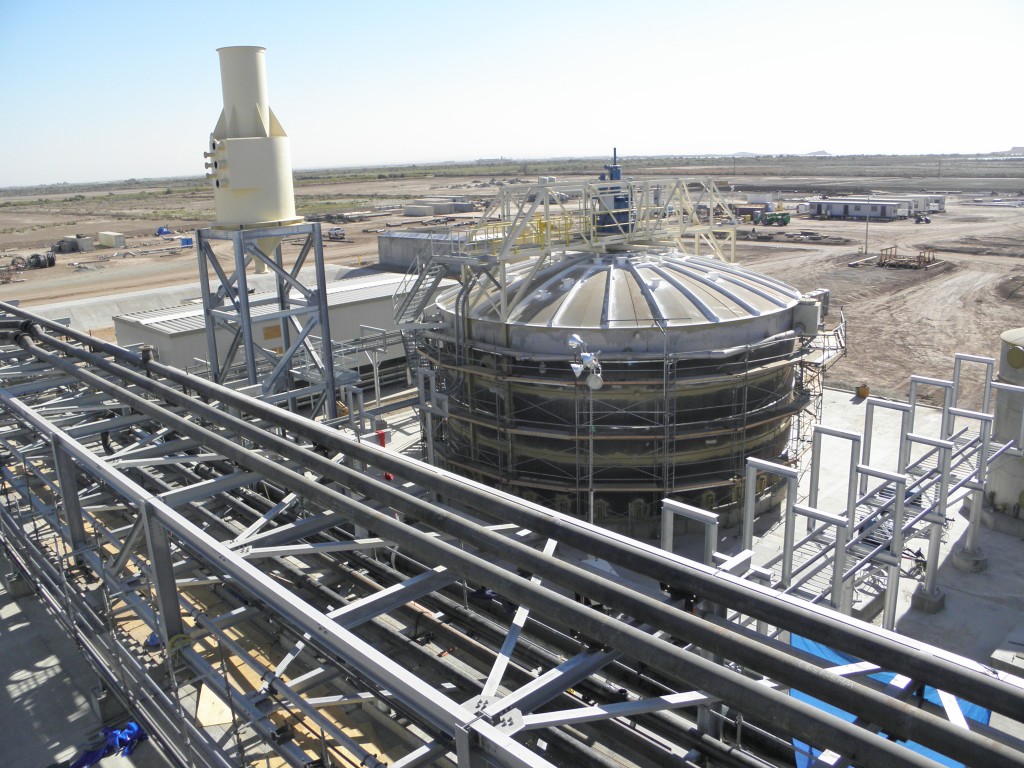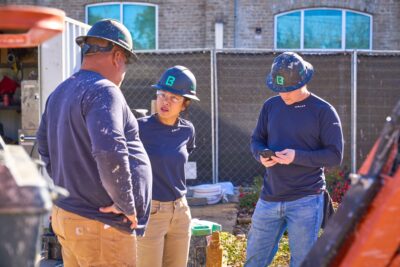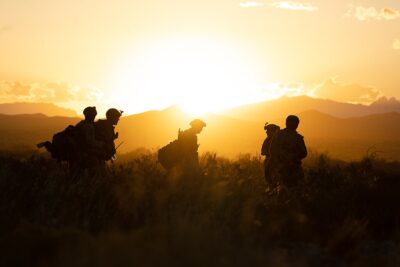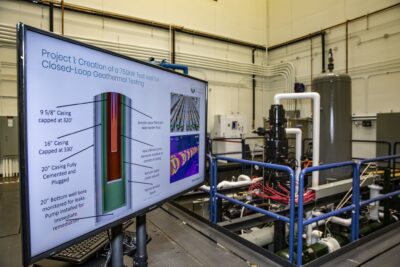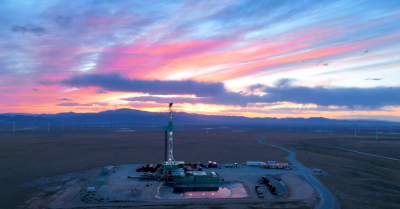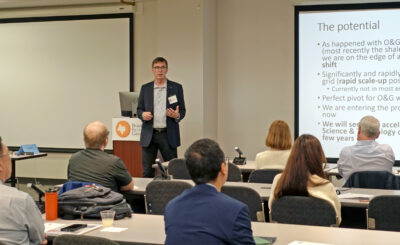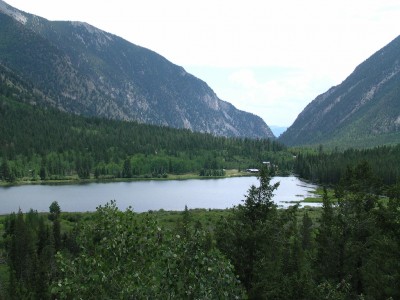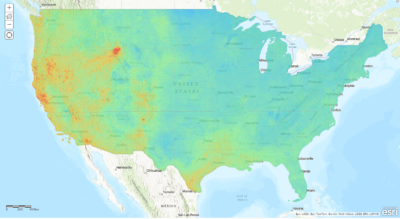Development and environmental stewardship, interview with Dave Watson of EnergySource
In August, geothermal development company EnergySource received the GEA Honors Award for Environmental Stewardship for its Hudson Ranch I 49 MW project in the Salton Sea area in California. ThinkGeoEnergy was able to interview Dave Watson of the company to congratulate.
Recently the U.S. Geothermal Energy Association has been awarding the inaugural GEA Honors Awards. The Award for Environmental Stewardship was given to the Hudson Ranch I project of EnergySource at the Salton Sea.
Wanting to congratulating Dave Watson of the company on this accomplishment I had the chance to do so in an interview with him on the current status on the project.
Q: First of all, congratulation to you and the company on receiving the GEA Honors Awards for EnergySource’s Hudson Ranch 1 Project. How important has been the environmental elements of the development of the project for EnergySource?
Dave Watson: The environmental aspects of developing a new geothermal energy project have been a very high order consideration for EnergySource, being in the clean energy business, we want to build our projects with the best environmental footprint possible for our plants. Our plants require much less land than wind or solar resources. We conduct extensive biological studies on all species in the area and mitigate any effects. In this effort, for example, we have relocated a number of neighboring burrowing owls. Environmental diligence is simply good business, especially when you operate in California, as we do.
Q: What are the benefits for EnergySource with less CO2 emissions and less water use? Does this provide any financial benefits to the economics of the project? I would assume that if the U.S. would have some carbon pricing scheme this could make a huge impact on projects with your environmental standards. What do you think about carbon pricing for geothermal development in the U.S.?
Dave Watson: It appears California is not going to regulate CO2 for geothermal plants, but we had already mitigated this cost risk. This will make us more competitive against higher polluting generating sources, but on the same playing field as wind and solar power. Because geothermal is baseload power, it is the perfect substitute for coal power buyers in California, and this would extend beyond California if the U.S. or neighboring states ultimately put a price on carbon or other emissions.
Q: Can you tell us a little bit about the current status of construction? When do you expect the plant to go online?
Hudson Ranch I is about 65% complete today and we are planning to begin commercial operations by the end of the first quarter of 2012.
Q: The current market situation is challenging for the industry. Particularly financing is a large hurdle for current projects. How do you perceive the situation for your company and further development plans?
For a start-up energy developer, financing the first project is the toughest hurdle to clear. We were fortunate to accomplish that in May 2010, soon after the financial crisis. Going forward we have a good group of banks we plan to work with to finance the construction of future projects.
Q: From your point of view, what do you think makes projects in the U.S. successful, I guess I am asking for the “key to success”?
You need excellent resources to ensure you have a project and a great team to develop a project on it. The team needs to be expert in all the critical disciplines involved in geothermal: geology, drilling, engineering & construction, PPA & project contracts, financing, operations & maintenance.
Everyone on the team needs to be a proactive problem solver. There are a million details to get right and little room to “figure it out later” in this business. The reward for all this expertise and discipline.
Q: What are the next steps for EnergySource when Hudson Ranch 1 goes online? Where do you see the company in 10 years from now?
We are going to start drilling to prove the resource for our second project, Hudson Ranch II, also 49 MW. Beyond that we have other projects to develop on the Hudson Ranch lease and in the surrounding area. The Salton Sea resource can support another 1,000+ MW of new geothermal capacity.
ThinkGeoEnergy thanks Dave for taking the time answering our questions. Clearly this project of the company is exciting and will be great to see it come online in 2012. Congratulations again on the accomplishments getting so far and the GEA Honors Awards.
